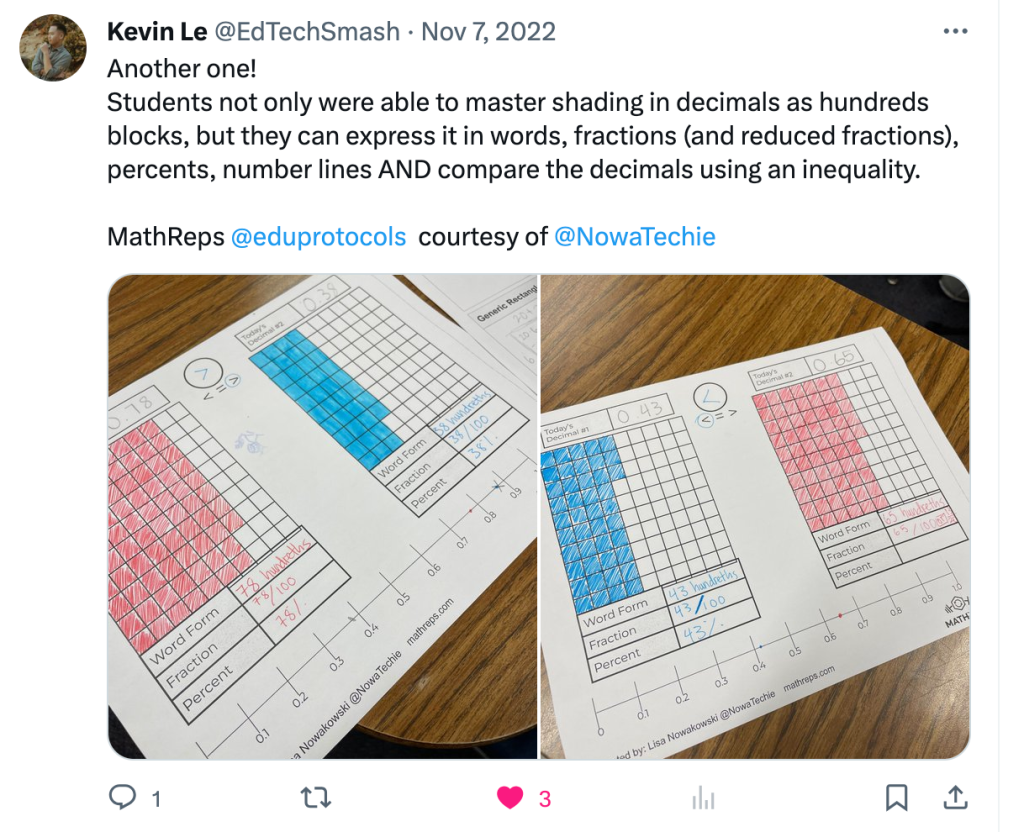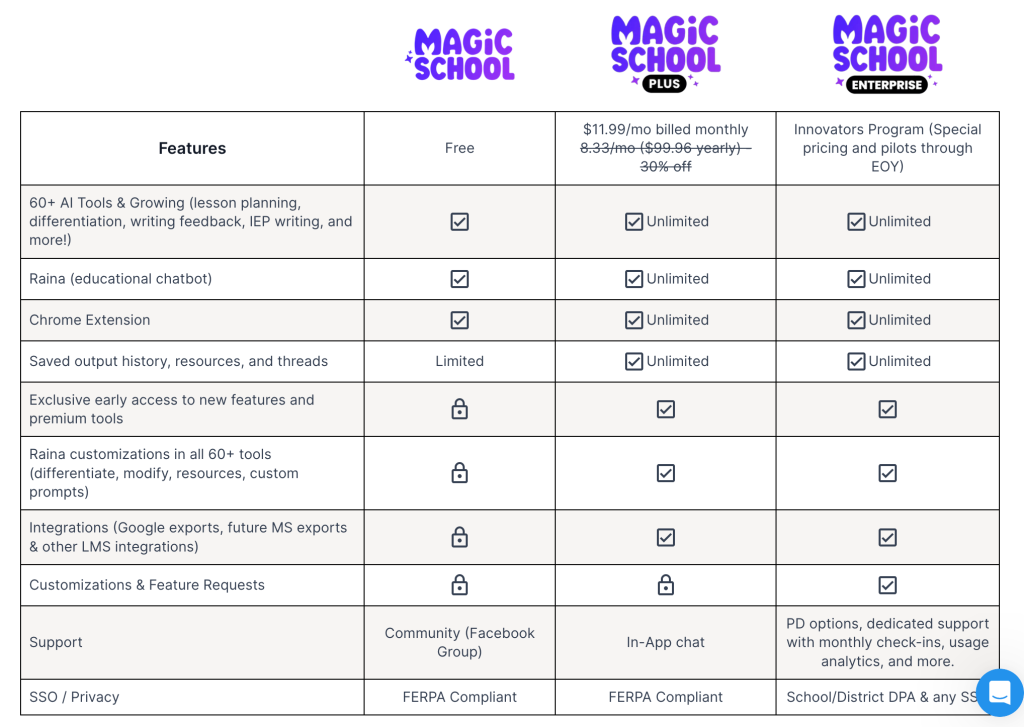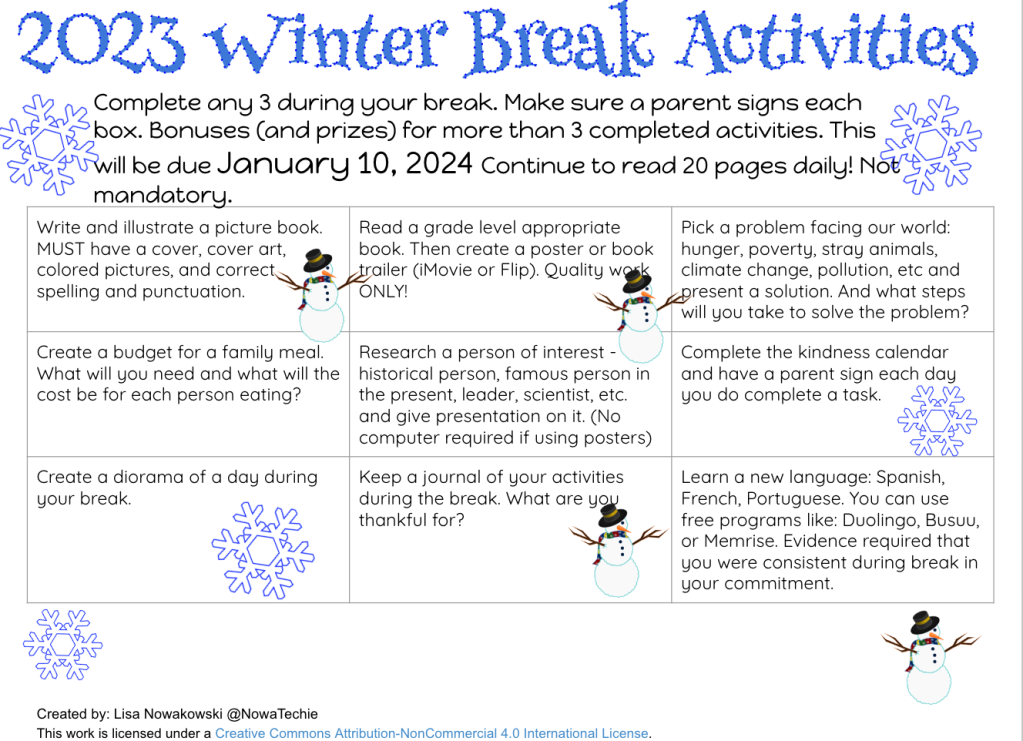Primary teachers have been embracing the concept of number paths as a valuable tool to foster fluency and number sense among young learners. A number path is a linear visual representation of numbers, which serves as a versatile aid in helping primary students comprehend and engage with numbers more effectively. As I have been collaborating with a group of primary teachers, it has become evident that they recognize the significance of number paths in facilitating a deeper understanding of numerical concepts. This has led to an increasing demand for additional number paths, reflecting the enthusiastic adoption of this resource within their educational practice.
Why?
After spending a few weeks working with small groups, the teachers quickly realized the potential of this tool for the whole class. They noticed an improvement in their students’ abilities, prompting another teacher to request number paths from 21 to 40 for practicing addition and subtraction with larger numbers. These number paths are completely customizable, so whatever your needs are, you’re covered.
Create
Initially, I created the prototype with cardstock, pipe cleaner/craft sticks, and a bead. That proved not to be the best. So, for the teachers, I laminated the cardstock, switched to a piece of yarn, and changed out the bead style. They work fantastically. I also made sure to take a piece of packing tape to the back to secure the yarn after it was knotted.
Result
It was a huge success! Students can easily manipulate the beads, allowing them to learn about numbers in a hands-on fashion. If you would like a copy of the templates, feel free to download them. They are in the Kinder and 1st-grade MathReps slide decks. I have also created some number path games that I will post about later this week.
How are you using number paths in your primary classrooms, and how are your students responding?











